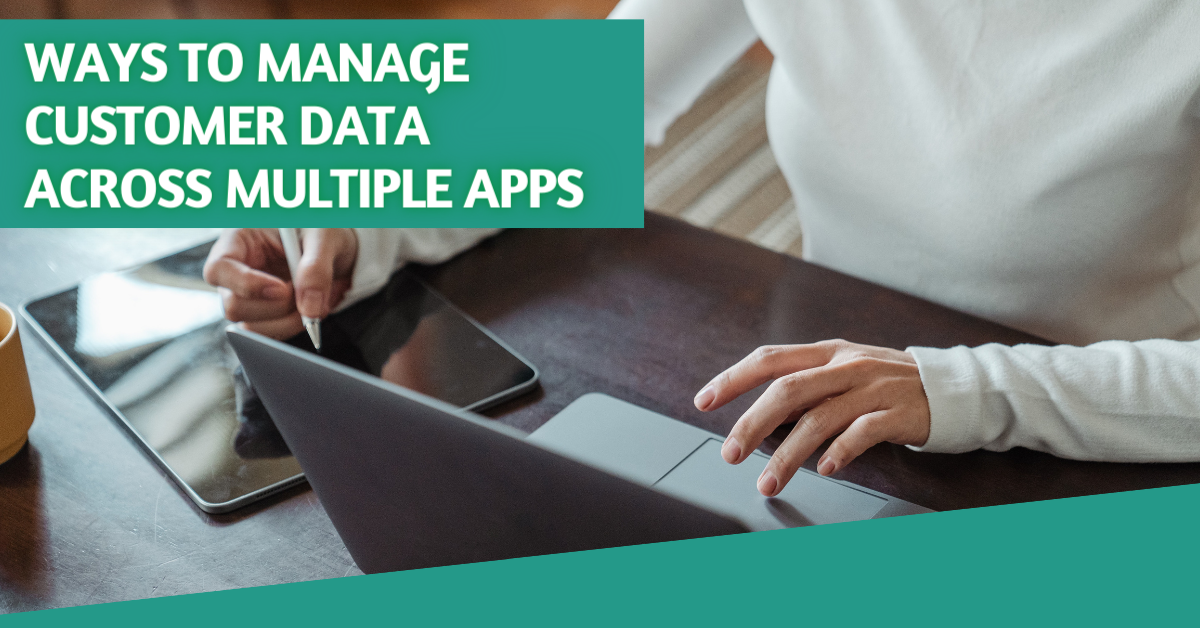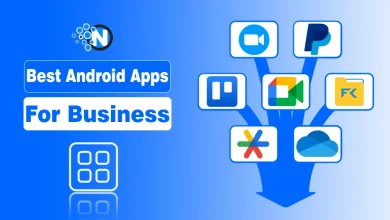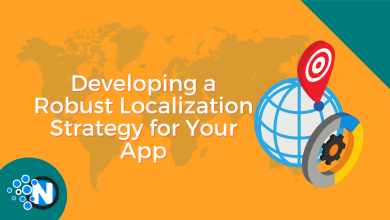Ways to Manage Customer Data Across Multiple Apps
Managing your customer data is fundamental to extracting valuable insights. As the world’s most valuable resource, new customer data must be protected. IBM reports showing 83% of organizations rely on dirty data during decision-making. Collecting and organizing data can get messy when the application needs to meet performance, versatility, and flexibility expectations. It makes them suffer from data inaccuracy.
What is Customer Data Management?
Customer data management includes collecting, arranging, breaking down, and utilizing customer data to improve client services. Effective customer data management is necessary, mainly when your business uses multiple applications. It helps you to avoid data breach issues and enhances customer services. Applications can pull from and correlate with numerous sources if you misrepresent your data resources during the application design.
Best Techniques for Customer Data Management
To ensure that your collected data benefits your organization, you must follow best practices in application architecture. Below are listed a few fundamental data management and mapping techniques which can work for you:
Keep Data Accurate
Monitoring customer data continuously is standard practice. You will need persistent quality checks to satisfy your customer. Most organizations need help managing data because over 90% of customer data is unstructured. And the customer data is all the amounts of its parts. It is crucial to keep the data updated and reliable in all applications.
The problem is your customer data is scattered on multiple systems. It can be solved by investing in a customer data platform (CDP) that collects your data in a single spot. CDPs utilize complex identity resolution to make a single perspective of every customer. Making it the basic strategy, you can get the heads and tails of all the customer data streaming in from various sources without changing fundamental systems. If you have a backup plan, it guarantees that all the records are modern, reliable across applications, and liberates from errors and copies.
Create Virtual Database Services Using Abstraction
Astonishingly, most companies are using data studios for interactive analytics. It empowers customers to rapidly run complex queries and clarify them to acquire significant insights. These insights can feature in crucial business decisions. After interactive analysis, businesses make discrete API location calls when writing applications. Driving an application to process an excessive number of databases can cause a performance loss. It also creates a situation where the data source relationship is steadier for specific clients.
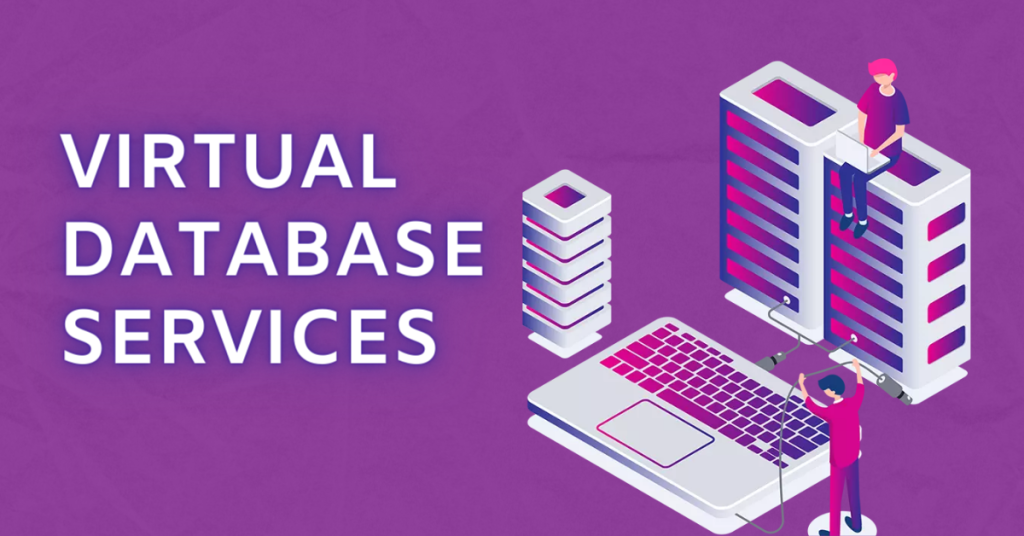
Abstract database services help application access numerous data sources. As these services can characterize and hide the complex way data can interface across sources, they empower standardized data use and decrease development intricacy. They also make a couple of services you can use to recognize particular data sources and determine how customers are doing them. It is an essential function for compliance purposes.
Using Customer Data Visualization
Before combining different data sources, software managers must use a visualization dashboard to lay out their approach. The visualization tool is valuable when users intend to explore and query data interactively. The method aids architects in managing that link across datasets and getting a complete sense of data. Vendors, including Google, IBM and Oracle, offer visualization tools.
The value of cross-source analysis can be evaluated by using a visualization tool. You can also determine how well the location of databases inside the networks and clouds will impact application performance. Any statistics or inquiry tool must be done using a visualization tool everyone accesses.
Developing A Single Perspective of Your Prospects and Customers
If you have gathered data from different apps, your group should create a single perspective of your customers. It allows the collection of all of the customer data. To accomplish this, you should put resources into innovations like CRM, a customer information platform, or a data management platform. Executing one of these arrangements will allow you to distinguish and determine duplicates of permanent deficient records with conflicting data.
If you have data from a wide range of applications, your group should make a single perspective where you can see a collection of this customer data. The simplicity of data management will make implementing new programming worthwhile.
Two-Way Synchronization
Your applications should convey customer data back and forth. If your applications can not match customer data, you will wind up with data silos we realize we hate the most. Some product provides built-in integrations that connect different apps and permit them to share data, which is excellent. Suppose you have two applications that do not share a native integration. In that case, you can focus on a trigger-activity automation solution like Zapier, which acts like a broker among two applications.
Our #1 solution is a two-way sync that reflects the data between two applications. It also flawlessly updates customer data in one application when changed into another. You will love this solution since it lessens the chance of data disparity from an integration glitch. It is the most reliable method for making your data willingly available to all your group across your whole application stack.
Segmentation Of Comprehensible Data
Segmenting your customer data is dividing your customer data into categories based on common attributes. Making customer segments is easier as you can focus on customer personas with legal customer data management.
Your customer data is an essential process in every application’s segmentation. It increases satisfaction and lowers turnover during client visits. Moreover, a 10% increment in an organization’s customer loyalty score corresponds to a 12% expansion in consumer trust. You can store customer data and utilize automation to deliver your buyer the most relevant experiences and messages.
Focus On Data Blending Tools
Analytical apps can benefit from data blending tools. A join clause enables you to specify multisource data sources and utilize these as desired. These tools combine many sources of data into a single source of data. Data blending is a feature that visualization tools are progressively using.
The feature of the provided datasets should match your data blended abilities, similar to other associated equipment, to manage numerous data sources. For instance, the type of data blending tool you would use could be governed by that same data contextual database structure.
Avoid Duplicated Data
The validity of the analysis you can enhance by locating and eliminating duplicates. You might, however, experience operational or technical problems. You could require assistance from the IT or Operations teams in such circumstances. Salesforce has a feature called duplicate detection that aids in keeping track of duplicate records.
You can set up various criteria for various record types. Additionally, you can create custom fields to be used with duplicate detection. Although they only apply in specific scenarios, standard matching rules are an option. There are multiple apps you can use to eliminate duplicates. You can also use Apex or Rest APIs to integrate your duplicated customer data.
Validate And Backup Customer Data
Even though the risk of losing data is high, backup and a recovery plan are fundamental. If your system fails, you should have a solid backup of your data. You can protect your customer and business if you find a particular safeguard.
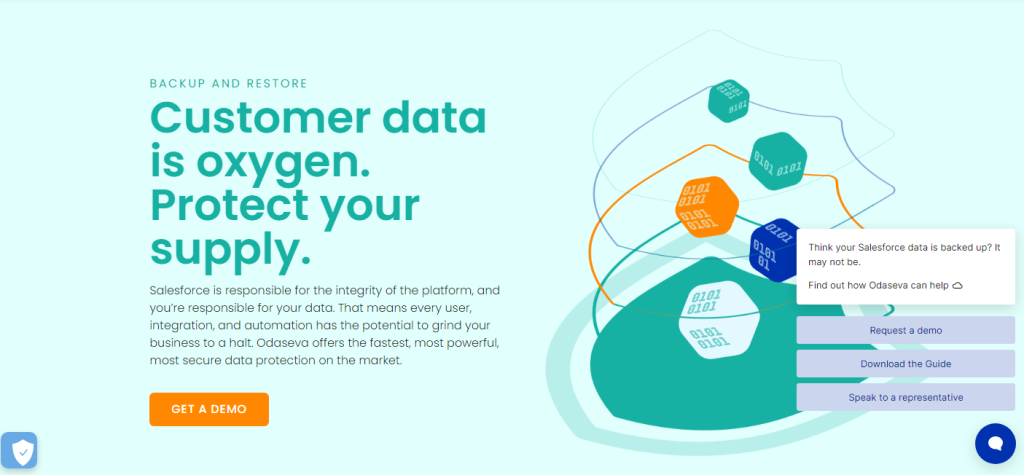
Having exact client data and updates is crucial for your business. But the most common way of customer data can be complicated. You should be in a better place if your company uses various applications. This info is fundamental for B2B sales, and you will find some data management tools. You will have to sort out what devices and resources you need to get a clearer perspective on your clients and guarantee that your data is spotless and demanding.
Where Would You Host Your Data Sources?
Think about where you will host your data sources and whether there is enough network connectivity. In contrast to networks and database servers address, virtual named calls serve to access datasets, keeping them abstract. The fact that the data is often obscured to view makes it difficult to predict how accessing it from a specific data store would impact application performance.
An illustration of the challenges associated with improving app performance involves public cloud access to data sources. Traffic costs and network transit delays can add up whenever cloud applications request data within the data centers or the other cloud.
Create Simple Data
As with many things in life and work, there is no exception to keeping customer data management practical and straightforward. You can categorize it into three stages:
- Standardization of data organization
- Decide which data to synchronize
- Create transparent processes and documentation
Bidirectional data sync helps to offer your staff access to updated, accurate customer information from every location while providing a five-star experience.

